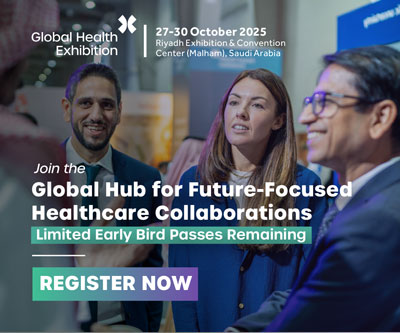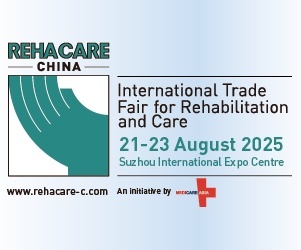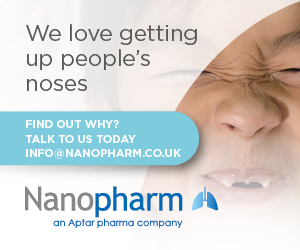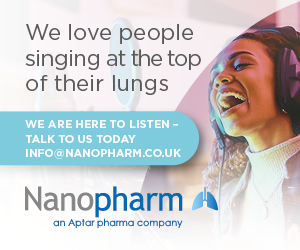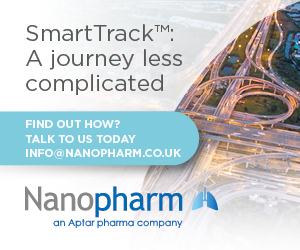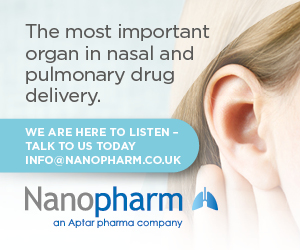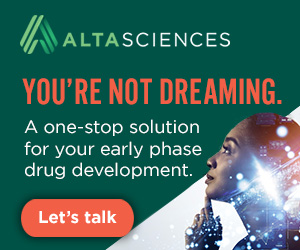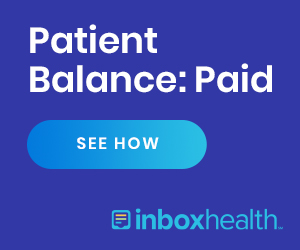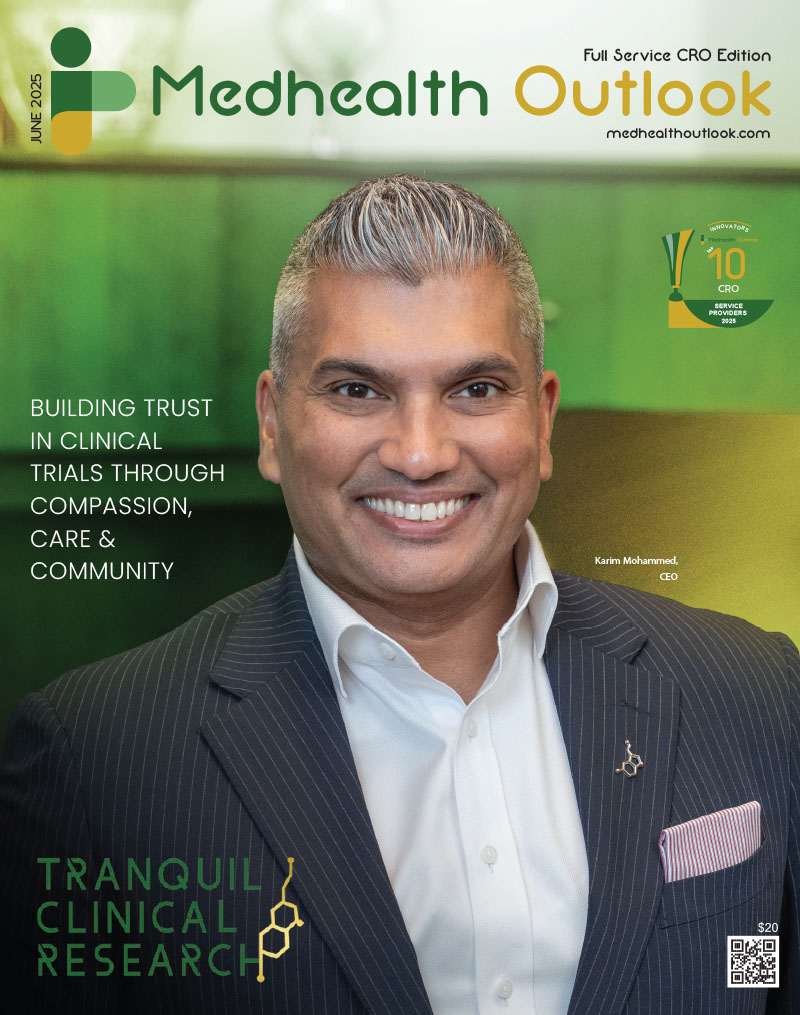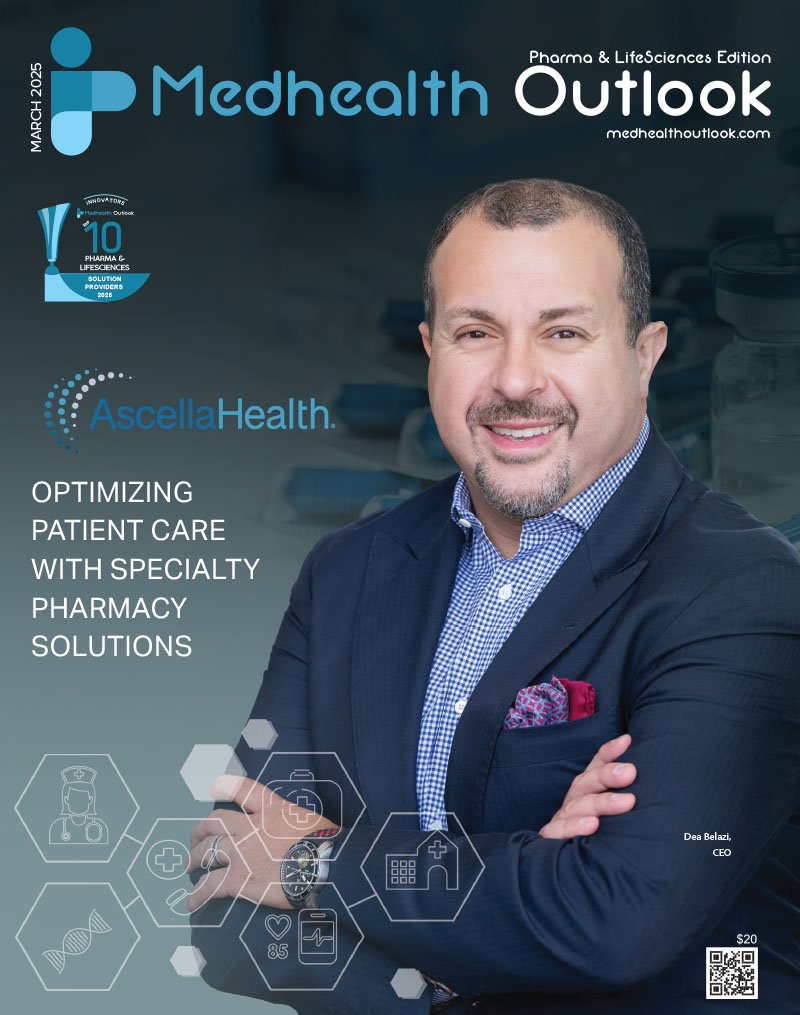Physicians are only human. They are intelligent, capable humans, but human nonetheless. They have 24 hours in a day. They eat, sleep, have families and personal lives. And they are very busy treating patients. That leaves little time to stay on top of the constant deluge of newly published medical research being released.
The amount of published medical research is growing at an enormous rate, and has exponentially increased since the year 2000. Imagine a family practitioner treating everything from injuries, infections and fevers to a number of advanced conditions. If, conservatively, they see 10 patients a day, and work 200 days during the year, that’s 2,000 patients per year. Among those 2,000 patients, let’s say there’s about 200 different conditions to treat. It would be impossible for the physician to keep up with all of the latest research and developments about all of these conditions.
This is also true for specialists. Research about new regimens for treating cancer patients, for example, comes out almost daily. Even the most experienced oncologist couldn’t keep up with that volume of research.
So, what are physicians to do? How can they keep up with all the new findings, treatments, drugs, devices and methodologies without spending every waking hour reading medical research publications?
Why Industry Must Educate Practitioners
Enter medical science liaisons (MSLs), a role that until recently existed largely in the background but has come into its own as pharmaceutical, biotech, medical device and other healthcare fields look to engage the physician community in a more meaningful way. MSLs can’t influence patient care, but they can educate physicians about the options that are available, including the option that their company produces.
However, delivering this type of education effectively and at scale can be very difficult, because it’s a needle-in-a-haystack scenario. Pharmaceutical, life sciences and medical technology companies must sift through the millions of physicians in the United States to find the 10,000 or so that treat patients who would benefit from their products, services and expertise.
Take, for example, electronic implantable devices to treat symptoms of Parkinson’s disease, such as hand and body tremors. These devices are implanted in the patients’ brains and send specific frequency shocks to prevent the tremors. In order to use the devices, patients must be under the care of a neurologist specializing in motion disorders. The neurologist programs the frequency, rate and amount of electrical stimulation going into the brain.
Let’s say a medical device company creates a remote programming application for these neuromodulation devices. The physician can now literally program these deep brain stimulator implants remotely from their office without the patient ever leaving their home. This would be extremely beneficial for Parkinson’s patients who may be elderly, live in rural areas far away from medical facilities, or have other difficulties going to in-person appointments (the Covid-19 pandemic is a perfect example of this).
This new remote upgrade would significantly improve quality of life for Parkinson’s patients, but finding and educating the right doctors to let them know it’s an option for their patients can be an arduous process.
Who are the physicians that are referring the most patients for this type of intervention? Which physicians are treating patients that have a lower rate of intervention, so they’re not being referred? Who are the practitioners that treat patients at the appropriate level of intervention and appropriate time of intervention for reimbursement? Sometimes medical device interventions are the last line of treatment. From a reimbursement perspective, you have to have tried other methods of treatment before a medical device is approved by an insurer.
Every minute spent trying to answer these questions is possibly another patient whose quality of life has declined because they were not able to discuss the latest intervention with their doctor.
Optimizing Care with Targeted, Data-Driven Education
Luckily, there are now advanced data-driven analysis platforms that can connect the right MSLs with the right practitioners in the least amount of time. Thanks to provisions in the Affordable Care Act of 2010, this type of data is now more open and shareable. Everything an MSL would want to know – provider profiles, claims, payers, publications and published opinions on medical research – is now available through comprehensive databases with advanced analytics tools.
There are several billion medical claims generated every year in the United States. Healthcare companies can now partner with the right intelligence platform to parse and contextualize all those data sets and billions of claims to surface the 10,000 or so physicians that treat the patients who satisfy the right criteria. Field organizations can use this data-driven information to not only focus their efforts on the most high-yield opportunities for their education efforts, but also make their teams as efficient as possible, which is critical as organizations deal with labor shortages.
Ultimately Improving Patient Outcomes
Everybody wins when industry can use data-driven strategies to educate practitioners about the latest medical research, technologies and best practices. When physicians are informed about emergent treatments for patients, more patients can get those treatments. It is invaluable for MSLs to be able to leverage data to connect with the right practitioners in the right places for the right outcomes, accelerating efforts to get the latest treatments and therapies to market and improving the health of millions.
[BIO]
Anatoly Geyfman has dedicated his life to creating a healthier future. As the VP of Medical Devices at H1, his mission is to grow H1’s products for commercializing healthcare innovations. Prior to H1, Anatoly was the Founder & CEO of Carevoyance, where he led the team to build and commercialize an analytics platform for Medical Technology companies. Carevoyance was acquired by H1 in 2021. Prior to Carevoyance, Anatoly was the Chief Architect at Ambra Health, where he built the first cloud-based platform for exchanging medical imaging studies between physicians, hospitals and patients. Anatoly lives in Portland, OR with his wife, two children, and one cat.





